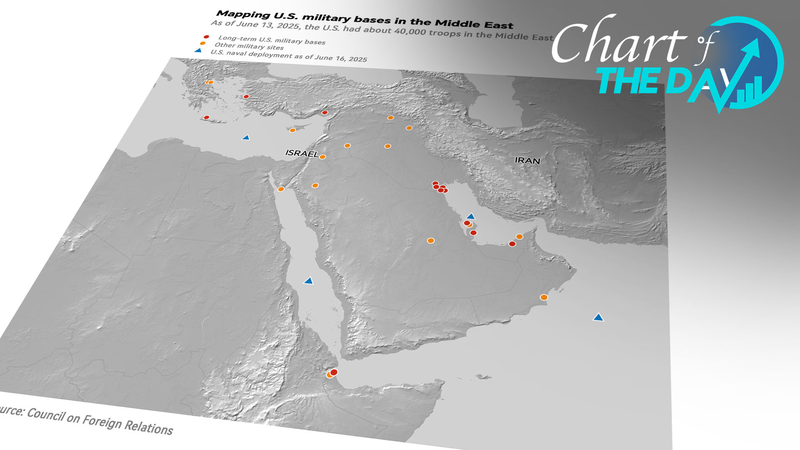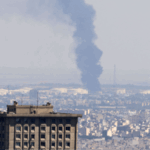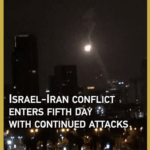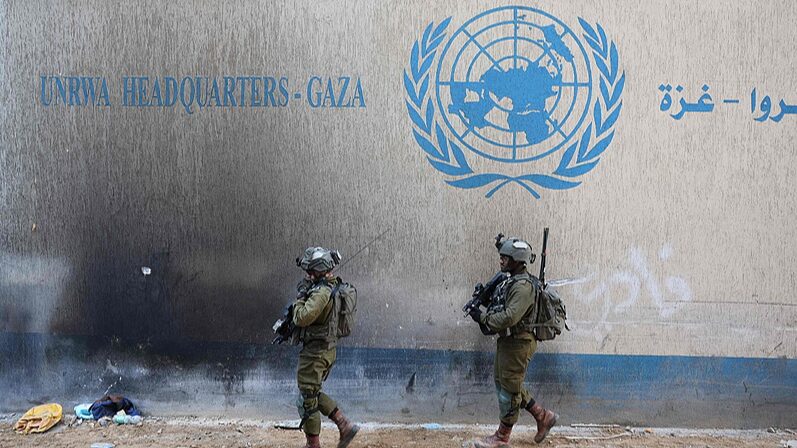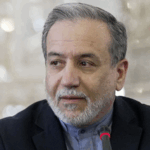Iranian state media declared Tuesday that a ceasefire was "imposed on the enemy" after a missile strike targeted a U.S. military base in Qatar. The move, described as Tehran’s retaliation for U.S. aggression, has thrown a spotlight on America’s sprawling network of military installations across the Middle East.
Iran’s Foreign Minister Abbas Araghchi clarified that no formal deal exists with Israel but stated Iran would halt attacks if Israel stops "illegal aggression" by 4 a.m. local time. Meanwhile, U.S. President Donald Trump claimed both sides agreed to a "complete and total" ceasefire, calling it the end of a "12-day war."
The diplomatic pause follows U.S. strikes on Iran’s nuclear facilities, which escalated tensions and raised fears of retaliatory attacks on U.S. bases in the region. With over 40 military installations spanning countries like Qatar, Bahrain, and Kuwait, the U.S. footprint in the Middle East remains a flashpoint for geopolitical drama.
💡 Why it matters: These bases are critical for regional security operations but also make the U.S. a visible target. As tensions simmer, their locations—from airfields to naval hubs—could shape the next chapter of this high-stakes standoff.
Reference(s):
Chart of the Day: Mapping U.S. military bases in the Middle East
cgtn.com
